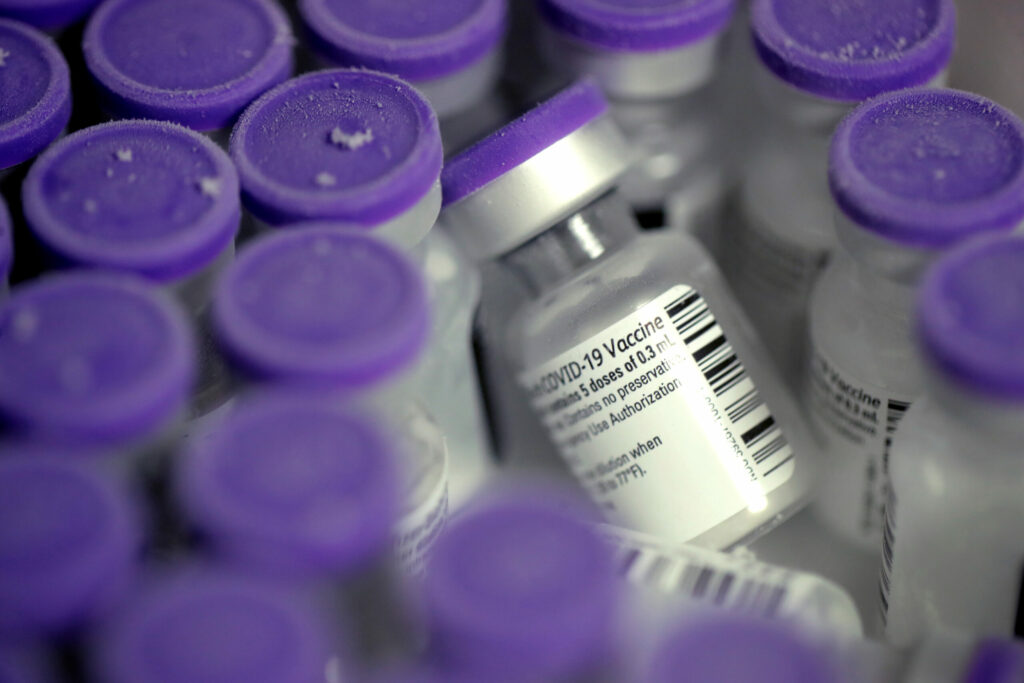Scott Olson/Getty Images.
COVID-19 is on the rise in Minnesota, according to the latest weekly data released by the Minnesota Department of Health.
Toward the end of August, the most recent period with complete data available, an average of 30 or more people per day were being admitted to Minnesota hospitals with COVID. That’s roughly triple the hospitalization rate at the end of June, when cases hit their annual low.
“The size and duration of this surge is unusual for summer,” Brown University epidemiologist Jennifer Nuzzo recently noted on the website formerly known as Twitter.
Hospitalizations are also running about 50% higher than during the same period one year ago, suggesting an early start to this year’s COVID season. But they remain below the August hospitalization rates for years prior to 2023, and well below the all-time peak observed near the end of 2020, when more than 250 Minnesotans were being admitted to hospitals each day.
Deaths and intensive care admissions remain low.
Epidemiologists are not sure whether the late summer surge in cases portends a more moderate or severe winter infection peak. Minnesota is one of 20 states where COVID levels are increasing, according to the Centers for Disease Control. Wastewater surveillance data from the University of Minnesota show that levels of circulating virus are roughly as high now as they were during the height of the 2023-2024 season, and increasing.
Statewide, the amount of virus in tested sewage water is running about four times higher than the same period last year.
Wastewater data gives an early warning that COVID is spreading in a community. In Minnesota, wastewater numbers are currently highest in the Twin Cities, and lowest in the northwest region of the state.
The increase in detections comes as the latest COVID booster becomes widely available. The booster targets the new virus variants in circulation, prevents infection and severe disease, and may greatly reduce the odds of developing long COVID symptoms after an infection.
Despite this, data from the state show that many Minnesotans have become lackadaisical about staying up-to-date on their shots, with just 14% current as of June. The severity of this winter’s COVID season may depend in large part on whether people do a better job of getting this year’s booster.
The CDC recommends it for adults and children aged 6 months and up.

